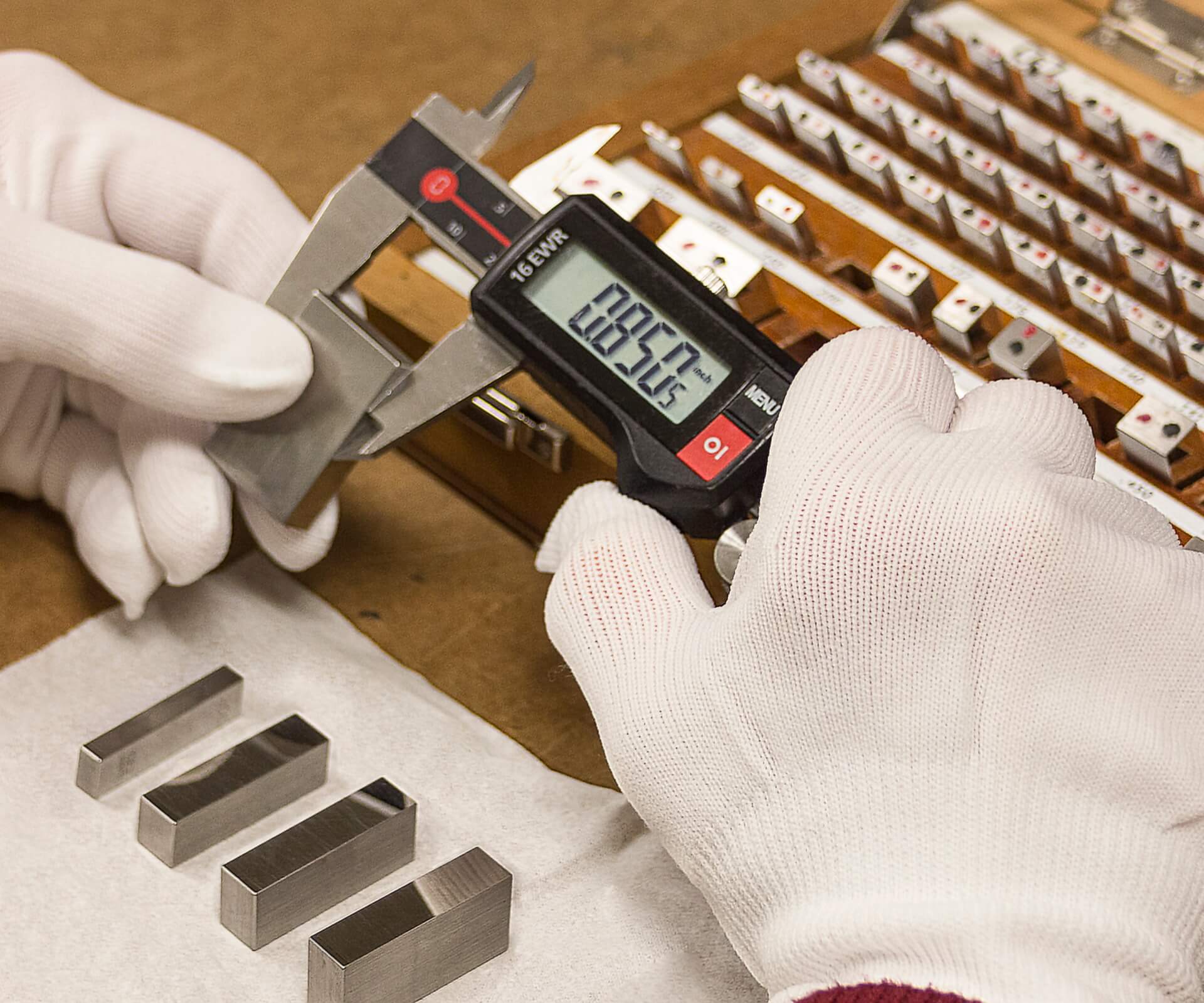Calibrating a HART (High-way Addressable Remote Transducer) pressure transmitter is a crucial step in the accurate measurement and control of process variables. This intricate task incorporates various methodologies and instruments tailored to ensure that the pressure readings remain precise and reliable over time. The understanding and execution of calibration practices can bolster operational efficiency, minimize variances, and enhance safety protocols across diverse industrial applications. This article will elucidate the steps necessary for effective calibration, while also uncovering the nuances that make HART transmitters an invaluable asset in modern process automation.
To embark upon the calibration process, a comprehensive understanding of the core functionalities of a HART pressure transmitter is essential. HART transmitters use a digital communication protocol superimposed on a standard 4-20 mA analog signal. This dual-output is a pivotal aspect that allows for remote communication and diagnostics, thereby elevating the utility of traditional instrumentation. Before delving into calibration, it is imperative to ensure that the transmitter is appropriately installed, free from mechanical stressors, and devoid of contaminants that could skew readings.
Prior to commencing calibration, one must ascertain the reference standards. Calibration standards should be chosen based on the anticipated range of pressure measurement. Typically, these standards encompass precision pressure gauges or dead weight testers, which serve as benchmarks against which the transmitter’s accuracy can be evaluated. Assurance of these standards’ accuracy through traceability to international measurement standards bolsters the integrity of the calibration process.
Once suitable reference standards are established, the calibration process can begin. Start by isolating the HART pressure transmitter from the process pipeline. This isolation often involves using shut-off valves and ensuring that the transmitter is in a controlled environment. Furthermore, de-pressurizing the transmitter ensures that the calibration can take place without risk of personal injury or equipment damage.
The calibration procedure itself is often characterized by an initial zero and span adjustment. Zeroing the transmitter entails affixing the reference pressure that corresponds to zero flow conditions. A vacuum or the atmospheric pressure value can serve as this reference point. This step ensures that the transmitter accurately recognizes the baseline measurement free from external influences.
Following the establishment of a zero point, the span of the transmitter must be calibrated. Span refers to the maximum measurement value that the transmitter can accurately represent. This is typically defined by applying a known pressure that corresponds to the high end of the desired operational range while monitoring the output signal. Careful attention should be paid to ensure a linear response across the entire measurement range, which may require adjustment of both the zero and span settings incrementally for maximal accuracy.
During this calibration phase, it is prudent to utilize computer software designed for HART transmitters, such as HART communication configuration tools, to ease the adjustment process. These tools facilitate the interpretation of transmitter diagnostics and characteristics, allowing technicians to make necessary adjustments with precision and confidence. Through digital communication, these instruments can also validate calibration results against pre-established software parameters.
Upon completion of linearity checks at key calibration points, including both low and high-end thresholds, conducting a comprehensive verification of the transmitter is paramount. This verification stage may involve generating a series of pressure levels through manual or automated input and documenting the corresponding output readings. A comparison of these outcomes against the known reference standards facilitates the detection of deviations that may necessitate further calibration.
After all adjustments have been made and verified, it is crucial to securely document the calibration results. Proper documentation not only serves as a record of compliance with regulatory standards but also establishes a reference for future calibration endeavors. This should include the date of calibration, environmental conditions, equipment used, and any adjustments made. Such comprehensive records are instrumental in upholding traceability and accountability within process control systems.
Moreover, one should not overlook the importance of routine calibration and the potential implications of non-compliance. Environmental factors, physical wear of components, and the influence of electromagnetic interference can adversely affect the performance of a HART pressure transmitter over its lifecycle. A regimented schedule for calibration should be adopted, often dictated by the industry standards or specific operational requirements, to ensure continuous accuracy of measurements.
Consequently, the calibration of HART pressure transmitters transcends the mere act of adjusting settings. It encompasses a meticulous array of practices that interlace theory, technique, and technology. This calibration process fosters an environment where high fidelity of pressure measurements enables enhanced control systems, contributes to operational excellence, and ultimately manifests in significant economic advantages for facilities.
In conclusion, the calibration of a HART pressure transmitter is a complex yet profoundly rewarding endeavor. Through understanding the intricacies of zeroing and spanning, utilizing sophisticated communication tools, and adhering to meticulous documentation standards, practitioners can assure the accuracy and reliability of pressure measurements. The promise of precision in measurement thus illuminates the path to operational integrity and process efficiency, reaffirming one’s investment in quality instrumentation and their pivotal role in contemporary industrial operations.










